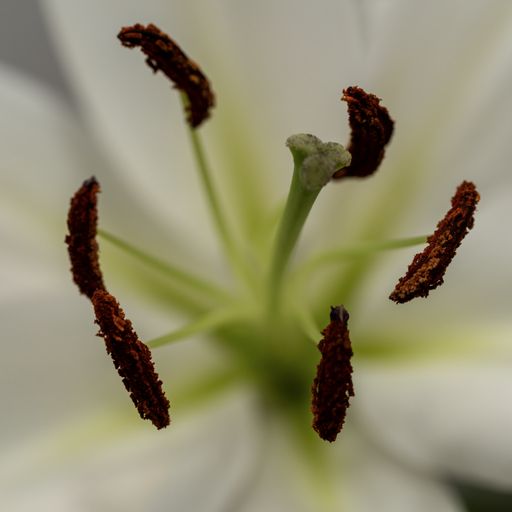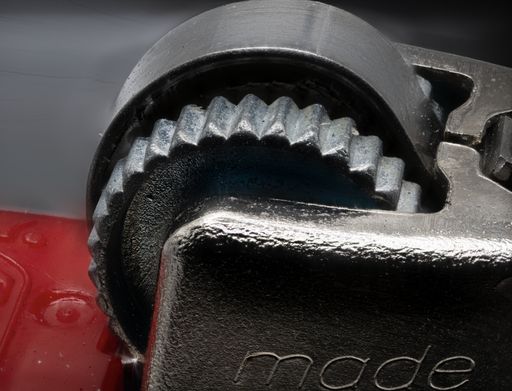There's tons to be said about macrophotography, and I don't intend to cover much of anything here.
The higher your focal length, the more magnification you get, but the less of the image is in focus.
The more you open up your aperture, the more light gets in, but the less of the image is in focus.
The smaller the object, the more magnification you need, and the more light you need to get in.
Already at half-macro or 1÷2 magnification (on a 36×24mm sensor, capturing a surface of 72×48mm), you'll find that opening at f/4, the depth of field is rather narrow:
Things get wilder at 2.5× ultramacro (on a 36×24mm sensor, capturing a surface of 14.4×9.6mm) and f/4. For an object of relative depth (not very flat in the much narrower plane of focus), a couple of options are available:
- Decreasing the aperture until diffraction becomes a problem, usually around f/11 to 1/16. To compensate for the loss of light, brighter environments and/or longer exposure times are required.
- Focus stacking: combine many photographs taken with at different focus distances, or distances of the camera to the object (through movement of the camera and lens on a macro rail).
We do the latter here using Helicon Focus. Here are 80 frames shown at 10 frames per second:
And the picture they combine to form:
As magnification keeps increasing, photography gets harder: it requires extensive preparation including cleaning (very poorly done here), and avoiding vibrations through dozens and dozens, sometimes hundreds of frames.


